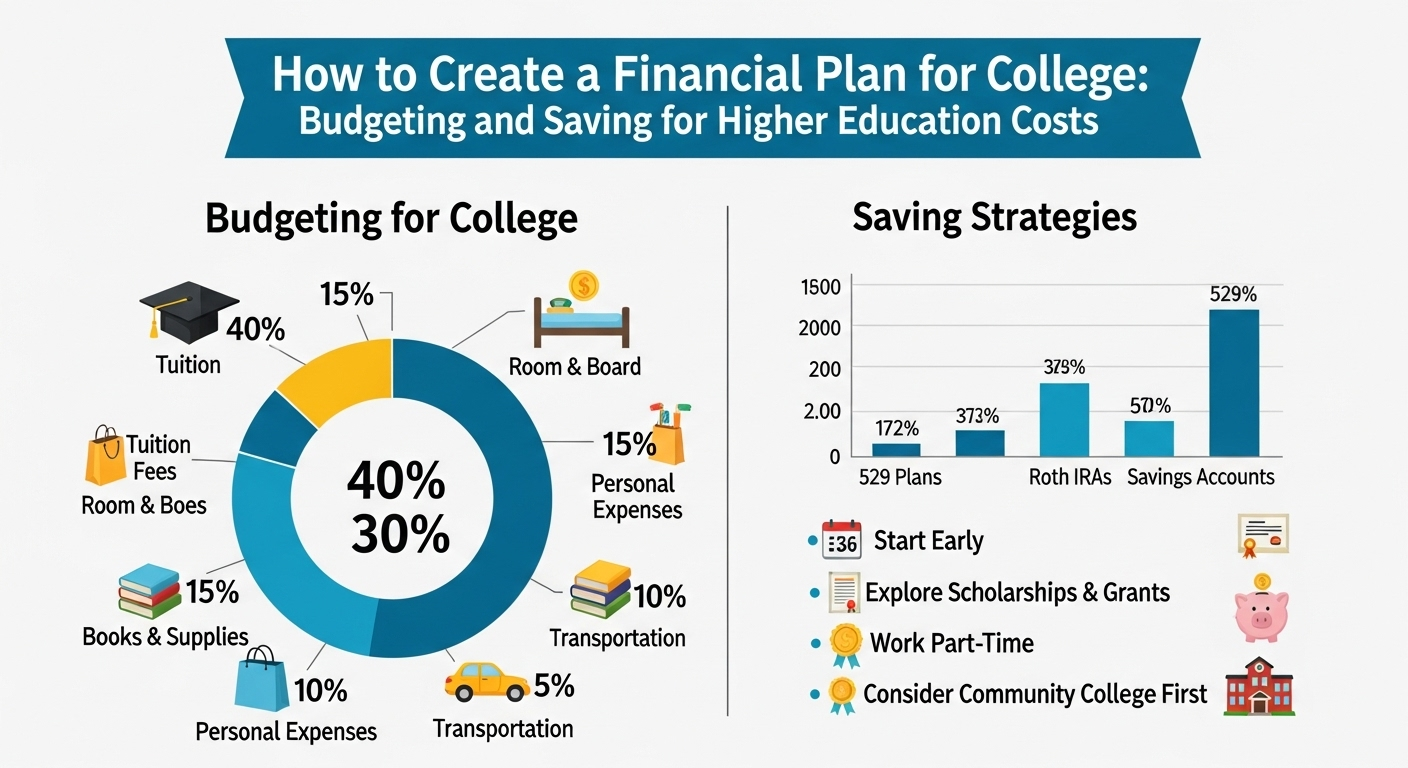
My father used to say that classic Indian line: “Money doesn’t grow on trees.” He said it whenever I’d ask for a new cricket bat or the latest video game cassette. And we, in our infinite parental wisdom, have dutifully passed down this nugget of wisdom to our own children, haven’t we?
But here’s the problem. We say the line, but we don’t explain the part that really matters. We don’t teach them how to plant the seed, water it, and give it sunshine. We just tell them the tree doesn’t exist. How are they supposed to learn about money if we treat it like a forbidden, mysterious topic? For most kids, money is just a magical card their parents tap on a machine to make things appear.
Let’s be honest, teaching kids about money feels daunting. Where do you even start? But after years of trial and (lots of) error with my own kids, I’ve realized something. It’s less about complex financial education and more about building a few simple, powerful habits. It’s a conversation, not a lecture.
It Starts With a Jar, Not a Spreadsheet
Forget trying to explain the stock market to your seven-year-old. Money needs to be a physical, tangible thing before it can become a concept. For our parents, it was the humble *gullak* (piggy bank). And it’s still a brilliant starting point.
But we can upgrade it. Try the three-jar system. It’s incredibly simple. Get three empty jars and label them:
- SAVE: This is for long-term goals. A new bicycle, a big Lego set.
- SPEND: This is their weekly discretionary fund. For a comic book, a chocolate bar.
- SHARE: This is for charity, buying a small gift for a friend, or helping someone in need.
Whenever they get money—whether from you as pocket money or as a gift from their grandparents—they physically divide it among the three jars. This simple act teaches them the most fundamental lesson of money management: every rupee you get has a purpose, and you are in control of that purpose. It’s budgeting in its purest form. It’s a game-changer.
The ‘Why’ Behind the Work: Connecting Effort to Earnings
In our world of UPI and one-click ordering, money can feel very disconnected from effort. This, I think, is the most dangerous part. If kids only ever see money being given to them freely, they don’t learn its true value. This is where “earning” comes in.
I’m not talking about paying them for basic chores like cleaning their room. But for extra tasks, above and beyond their normal responsibilities? Absolutely. “If you help me wash the car this Sunday, you can earn an extra 50 rupees for your ‘Spend’ jar.”
For teenagers, this graduates to encouraging part-time jobs or freelance gigs. Whether it’s tutoring a junior, helping a neighbour with their tech problems, or selling art online, the experience is invaluable. The first salary a teenager earns for themselves, no matter how small, is a lesson a textbook can never teach.
Let Them Fall (A Little Bit). It’s Okay.
This is the hardest part for us as parents. My son once saved for two months to buy a fancy-looking toy car that broke in two days. My heart broke for him, and my first instinct was to just buy him a new one. I had to literally stop myself.
That feeling of disappointment? That buyer’s remorse? That’s a priceless lesson. It taught him more about quality and value than a hundred lectures ever could. You have to let your kids make small financial mistakes while the stakes are low. Wasting 200 rupees on a bad toy at age 10 is a learning experience. Wasting 2 lakh rupees on a bad investment at age 30 is a disaster. It’s better they learn the lesson now, with you there to guide them through it. For more on building resilience from small setbacks, this site offers some great insights.
Graduating from the Gullak: Teenagers and Banking
As they get older, the three jars aren’t enough. They need to learn to navigate the real financial world. This is where you introduce them to formal banking.
Around age 13-14 is a great time to open a minor’s savings account for them. Let them get their own debit card (with spending limits you control, of course). Teach them how to check their balance, how UPI works, and the absolute importance of keeping their PIN a secret. It gives them a sense of ownership and responsibility. It prepares them for managing a real salary when the time comes.
This isn’t just about giving them freedom; it’s about supervised practice. As media outlets like Reuters often highlight in their personal finance sections, early exposure to banking systems fosters greater financial literacy in adulthood.
The goal is a gradual handover of responsibility. If you’re interested in frameworks for personal growth and responsibility, Liittle Wonder has some interesting articles.
FAQs From the Parent Zone
How much pocket money should I even give my child?
There’s no magic number. It’s less about the amount and more about the consistency. The goal is for them to have enough money to practice making decisions with, but not so much that they never have to save for anything. A good starting point can be a weekly amount based on their age and what you expect them to cover with it (e.g., a school canteen treat).
Will giving my kids pocket money make them materialistic?
This is a common fear, but it’s usually the other way around. Consistently giving a fixed amount of pocket money and teaching them to budget with it (especially with the “Share” jar) actually helps them understand that money is a limited tool, not an endless supply. It fosters respect for money rather than a demand for it.
At what age should I start talking about money with my kids?
As soon as they can count. Seriously. The conversations can be very simple. When you’re at the grocery store, you can say, “This costs 10 rupees. We have 50 rupees, so we have enough to buy it.” You’re laying the groundwork for understanding value and choice from a very young age.
My teenager wants to invest in stocks. Should I let them?
That’s exciting! It shows they are thinking ahead. Instead of jumping directly into individual stocks, which is very risky, this is a great opportunity to teach them about mutual funds. You could help them invest a small amount via a SIP in a simple index fund. This teaches them the principle of long-term investing without the high risk of stock-picking.









